Chicken legs with pineapple
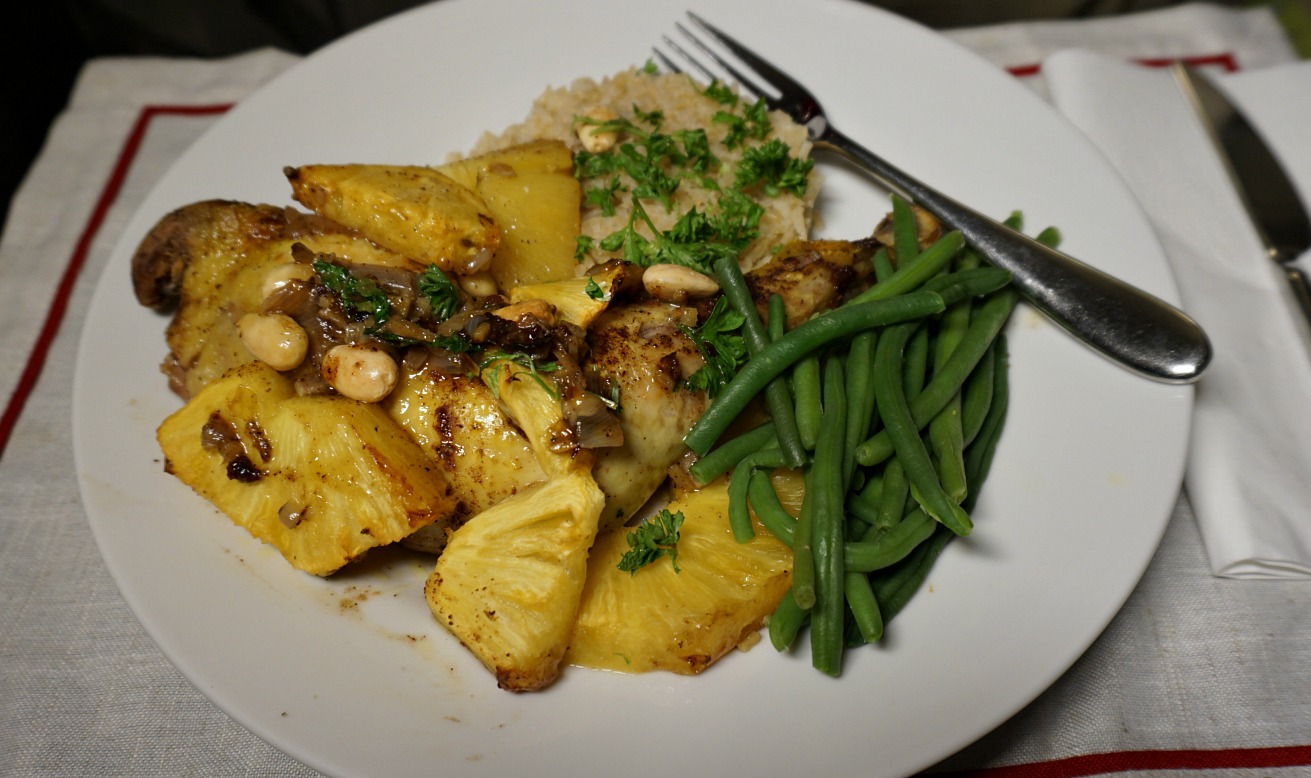
After Christmas tropical fruits appear in our supermarket in Nice. Pineapple, lychee and other exotic fruits are imported from the sunshine to add a warm twist to our midwinter.
The following sunny recipe is modified from a recent recipe in Nice-Matin. Fresh ginger and quatre épices add a nice exotic touch to the recipe. If you cannot find quatre épices in your shops simply substitute it with ground cinnamon and nutmeg.
2 servings
2 free range chicken legs
2 tbsp. olive oil
½ pineapple, sliced
1 shallot, minced
1 clove garlic, minced
1 tsp. quatre épices
2 tbsp. grated fresh ginger
200 ml chicken stock
2 tbsp. peeled whole almonds
Freshly ground black pepper
Fresh parsley to decorate
In a heavy casserole warm the olive oil over medium heat and fry the chicken legs on both sides until golden brown.
Preheat the oven to 200° C.
Add the minced shallot and garlic to the casserole and sauté about 5 minutes until softened. Add the spices, ginger, and chicken stock and stir. Place the pineapple slices on top of the chicken legs.
Transfer the casserole into the oven and bake for 30 minutes. Then sprinkle the almonds on top and continue baking 20 minutes longer. The almonds and pineapple will get a nice golden colour while the chicken underneath stays succulent.
Decorate with parsley and serve with brown rice and green beans.











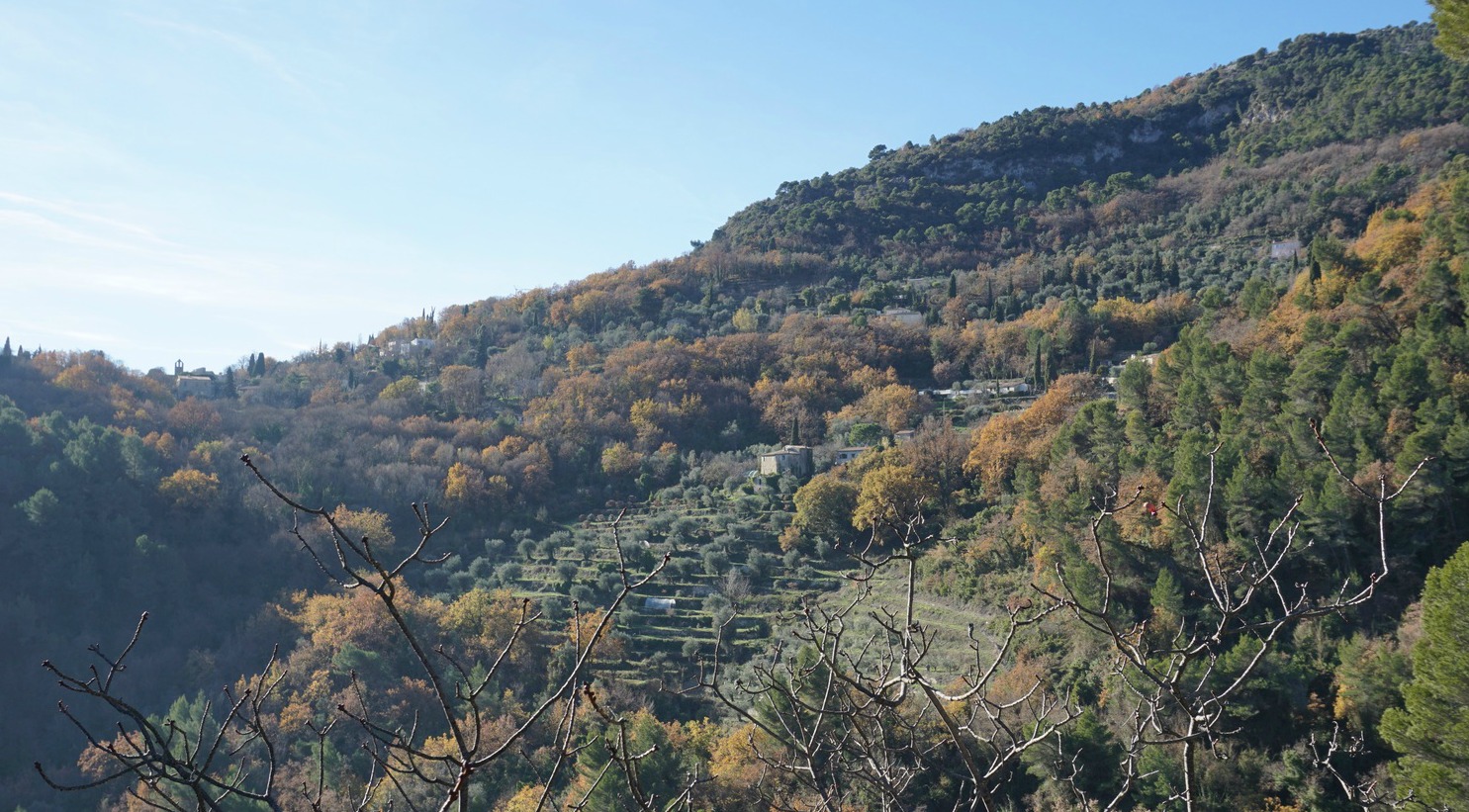











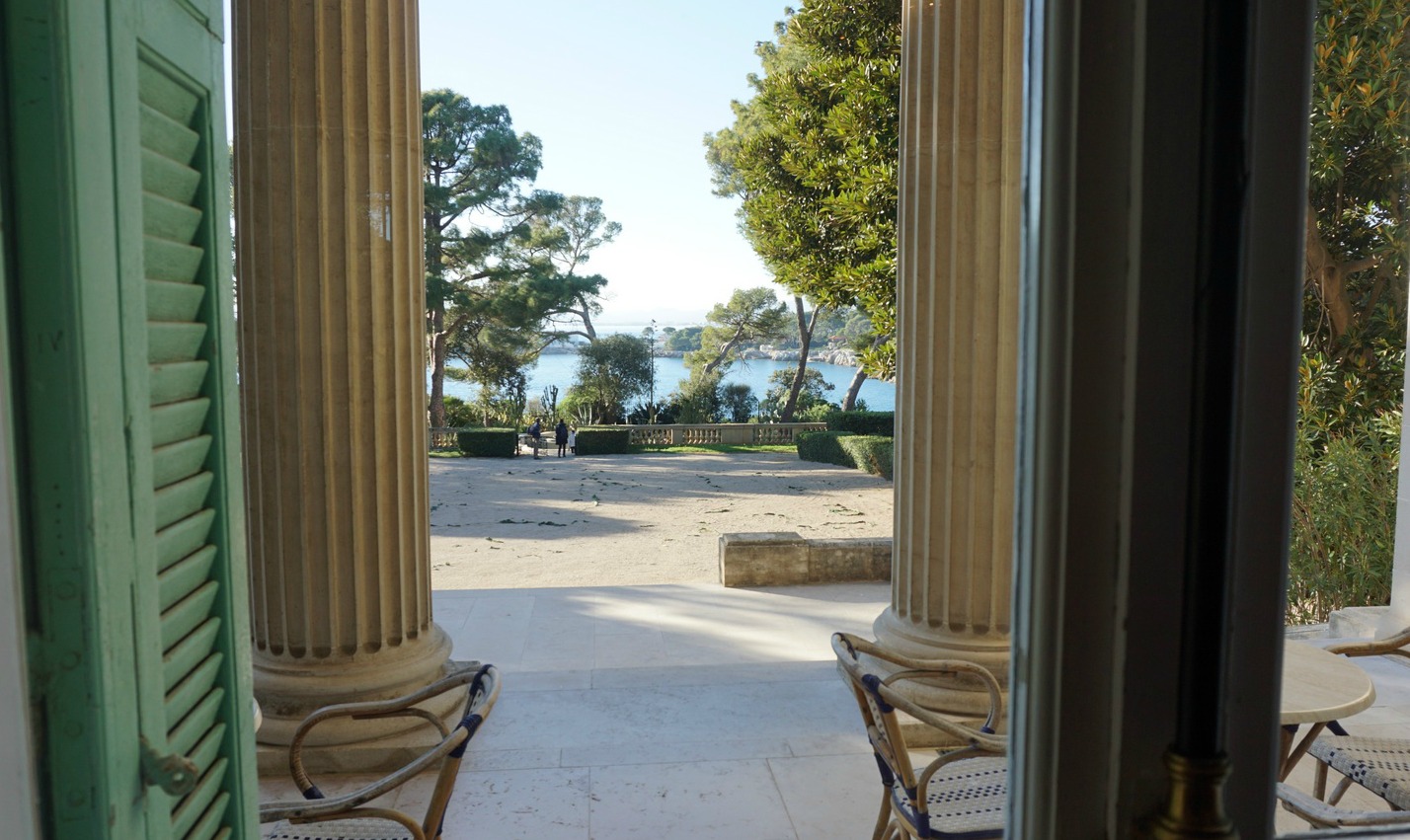
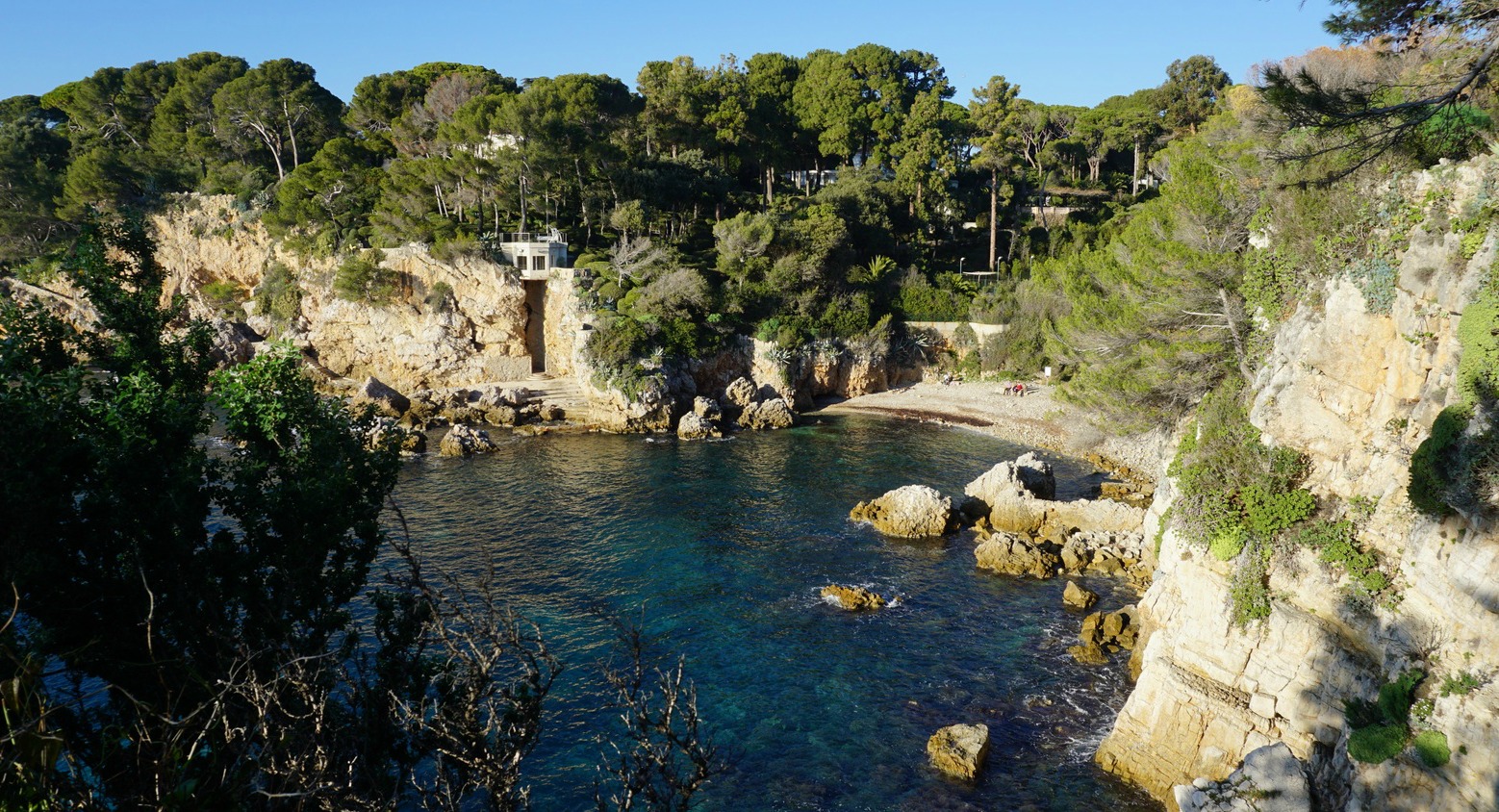
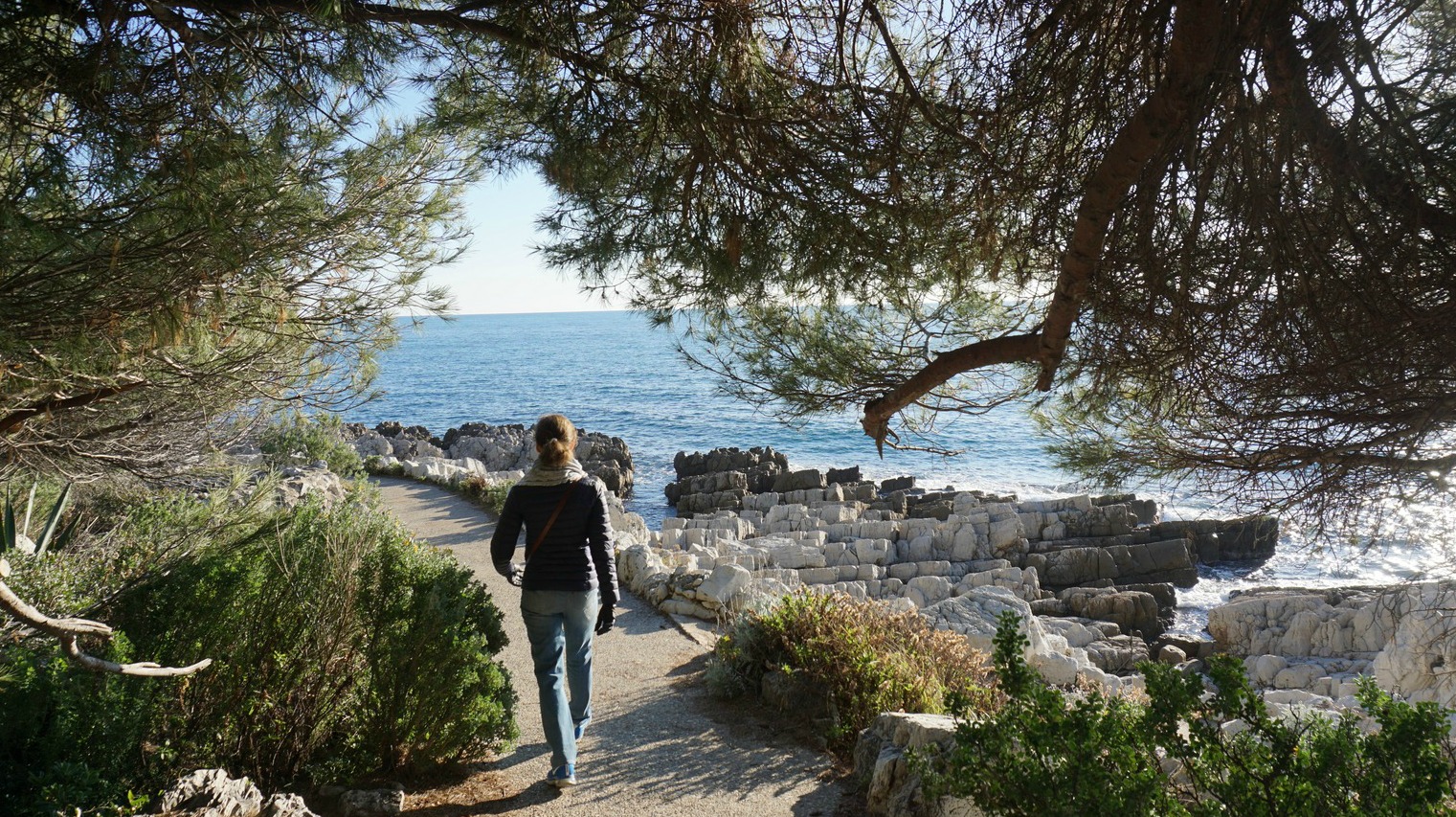






0 comments:
Note: only a member of this blog may post a comment.